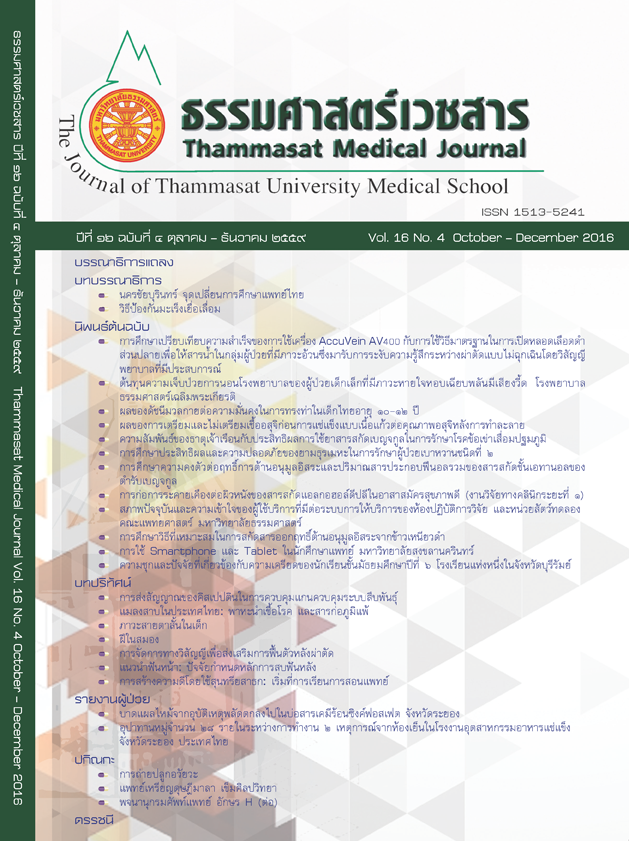Kisspeptin signalling in the control of the gonadotropic axis
Keywords:
Kisspeptin, Arcuate nucleus, Anteroventral periventricular area, Gonadotropic axis, Gonadotropin-releasing hormone, Luteinizing hormone, คิสเปปติน, อาร์คิวเอทนิวเคลียส, บริเววณแอนทีโรเวนทรอลเพอริเวนลาร์, แกนควบคุมระบบสืบพันธ์ุ, โกนาโดโทรปิน รีลิสซAbstract
Ever since the discovery of the role of kisspeptin-GPR54 signalling in puberty, kisspeptin has been the focus of intense research to elucidate the implication of this neurohormone in the control of the gonadotropic axis. Kisspeptin is now a well-established stimulator of the gonadotropin-releasing hormone (GnRH) secretion. Kisspeptin neurons in the arcuate nucleus mediate negative feedback on gonadotropic activity and appear to be at the core of the GnRH / luteinizing hormone (LH) pulse generator. Kisspeptin neurons of the anteroventral periventricular area are essential for both the generation and the timing of the preovulatory LH surge. These neurons also mediate the positive feedback of sex steroids necessary for the LH surge. As kisspeptin can act directly on GnRH terminals in the median eminence located outside of the blood brain barrier, kisspeptin signalling is a prime target for therapeutic developments targeting the control of fertility for contraception or medically assisted procreation, as well as the treatment of reproductive disorders.
Key words: Kisspeptin, Arcuate nucleus, Anteroventral periventricular area, Gonadotropic axis, Gonadotropin-releasing hormone, Luteinizing hormone



